Plant a Pink Surprise Lily Bulb (Lycoris squamigera)
Bulb planting time is here and it is a great time to plant a Surprise Lily bulb also known as a Naked Lady, Mystery Lily, or Lycoris squamigera. These bulbs produce gorgeous stems loaded with bright pink amazingness mid- to late-summer in the Midwestern garden. Below is an excerpt from one of my books – the Illinois Getting Started Garden Guide – that will help get started growing this beautiful pink surprise in your garden.
- Naked Lady Botanical Name – Lycoris squamigera
- Other Name – Surprise Lily, Resurrection Lily
- Bloom Period and Seasonal Colors – Various shades of pink flowers blooming in mid to late summer
- Mature Height x Spread – 28 inches X 5 inches
- Botanical Pronunciation – LY-kor-iss skwam-EE-ger-uh
- Added Benefits – Attracts Beneficials, Deer and Rabbit Resistant
- Sun Requirements – Sun, Part Sun, Part Shade
While there are various types of plants called Surprise Lily, the only one that remains consistently hardy in most of the state is Lycoris squamigera, also known as the naked lady. Each flower has strap-like leaves in the spring that die back when the weather turns warm. Then suddenly in the middle of summer, the lily sends up 24 to 28 inch scapes holding fragrant pink trumpet shaped flowers. There appears to be no leaf whatsoever at this time, so many are “surprised” to see the gorgeous plant appear as if by magic midsummer. Naked Lady’s are loaded with many flowers for each stalk and easy to grow. They naturalize readily, and love being crowded, making them an excellent low-care summer bulb choice.
When, Where, and How to Plant – Naked lady or pink surprise lily bulbs prefer a richly composted soil with good drainage. Sun is preferred, but shadier conditions are fine. Mix organic bulb fertilizer in the planting holes, planting in the early spring or fall. Dig holes that are approximately 4 to 6 inches deep and about 6 inches apart, place the bulb in the planting hole with pointy side facing up. Cover with soil and mulch.
Growing Tips – Apply an organic fertilizer in the spring when the foliage first comes out of the ground. Naked lady’s can be propagated every 3 to 5 years by dividing the clumps of bulbs but should be done immediately after the flowers have bloomed or in spring after the foliage starts to die away. Plant the divided bulbs immediately or store them in a cool, dry location and replant in early fall.
Advice and Care – Pink surprise lily or naked lady bulbs are relatively free of pests and disease and have low water requirements. Be sure to note where you have planted them as it is easy to mistakenly dig the bulbs up when they are bereft of leaf or stem.
Companion Planting and Design – Plant your naked lady bulbs in the center of container gardens surrounded by planting partners such as purple angelonia, yellow calibrachoa, and sweet potato vine. For a more harmonious blend of plants, try mixing naked lady bulbs with pale white petunia, white bacopa, and rose colored zinnias. They are quite effective in meadows, open woodland gardens, or wild areas where the wilting late spring foliage is not a concern. Groundcovers, foliage plants, and low perennials make delightful planting partners. Ostrich fern and perennial geranium are both particularly attractive with naked ladies standing regally in their midst.
Try These – This is the only species commonly available for zones 4 and 5. Other varieties of pink surprise lily bulbs or spider lilies, which have a similar form, do survive in zone 6 and very heavily protected zone 5. Try the ‘Red spider lily’, Lycoris radiata or white spider lily, Lycoris albiflora. Lycoris sanguinea has shocking orange red flowers. All spider lily varieties bloom somewhat later; flowering in October.
Find a Surprise Lily bulb also known as a Naked Lady, Mystery Lily, or Lycoris squamigera at JungSeed.com. Here’s a LINK. If you would like more ideas on how to grow all types of bulbs and plants, please find the Illinois Getting Started Garden Guide online or at a book store – it is a Midwestern garden guide book that helps you grow naturally.
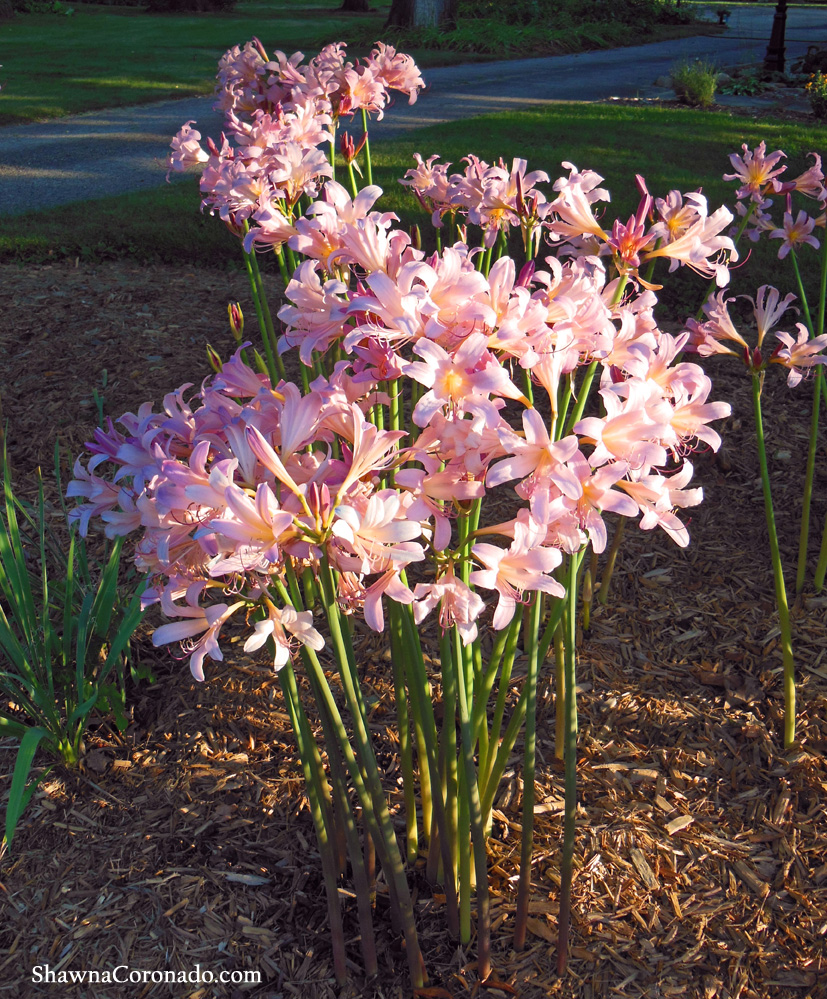
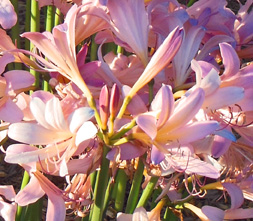

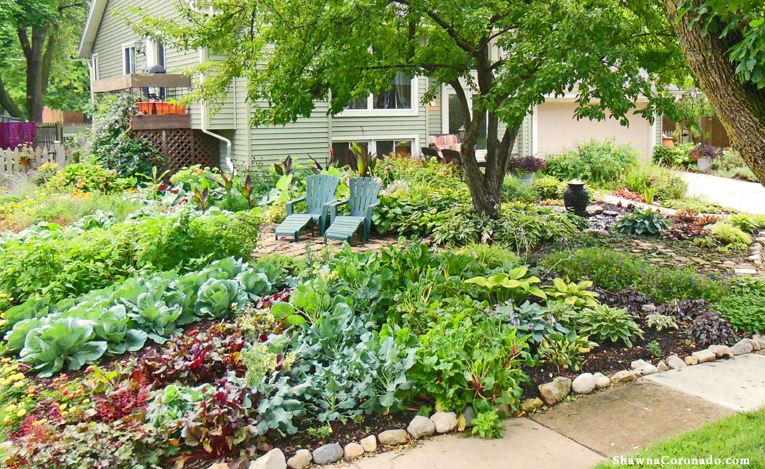
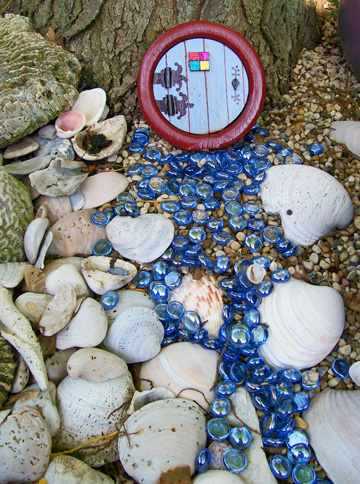
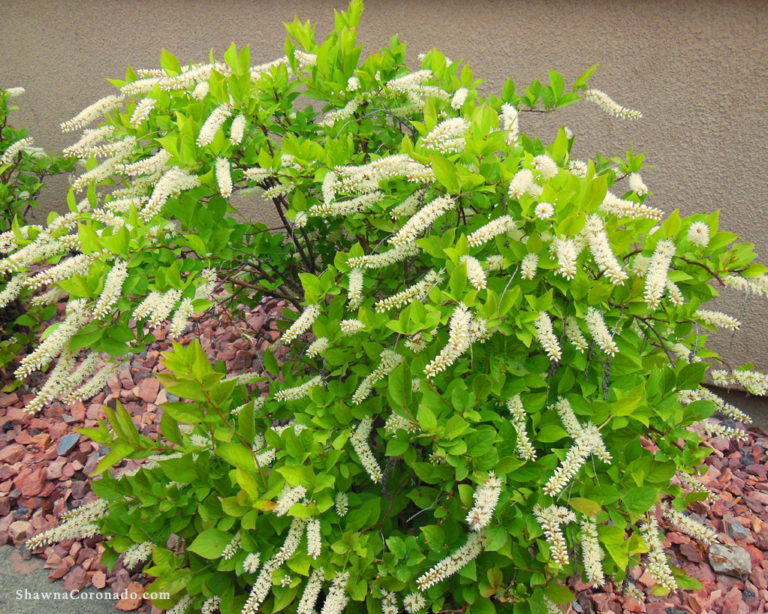
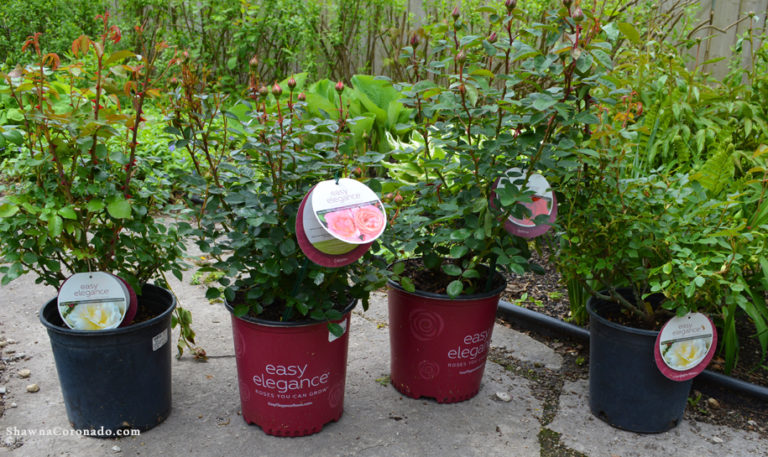
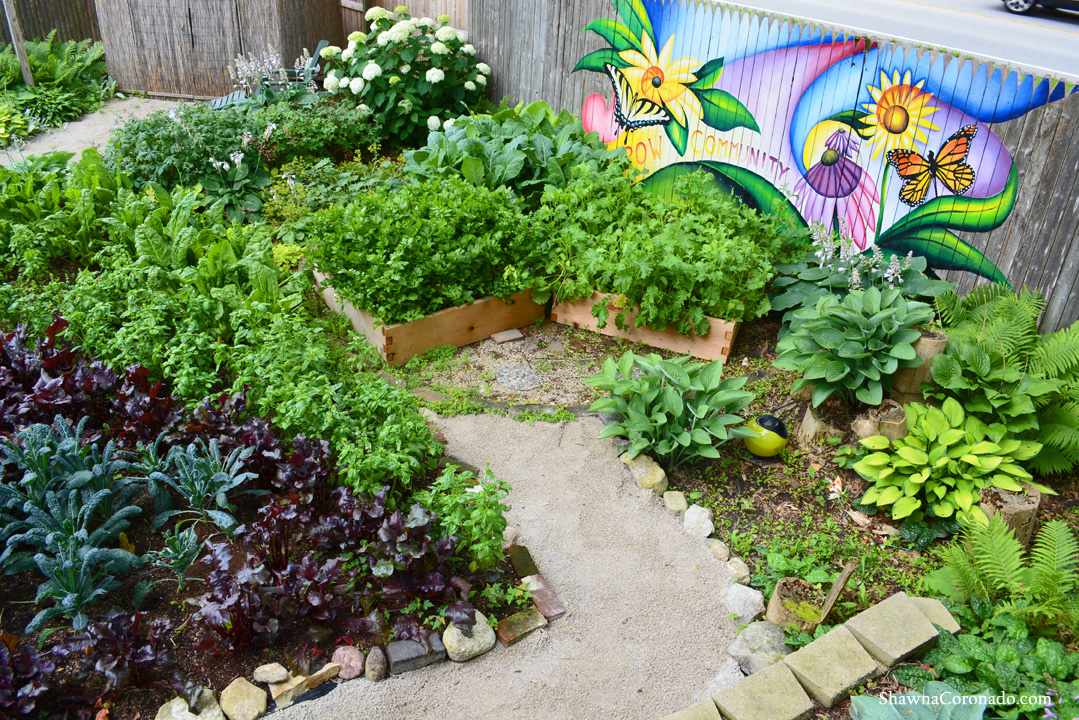
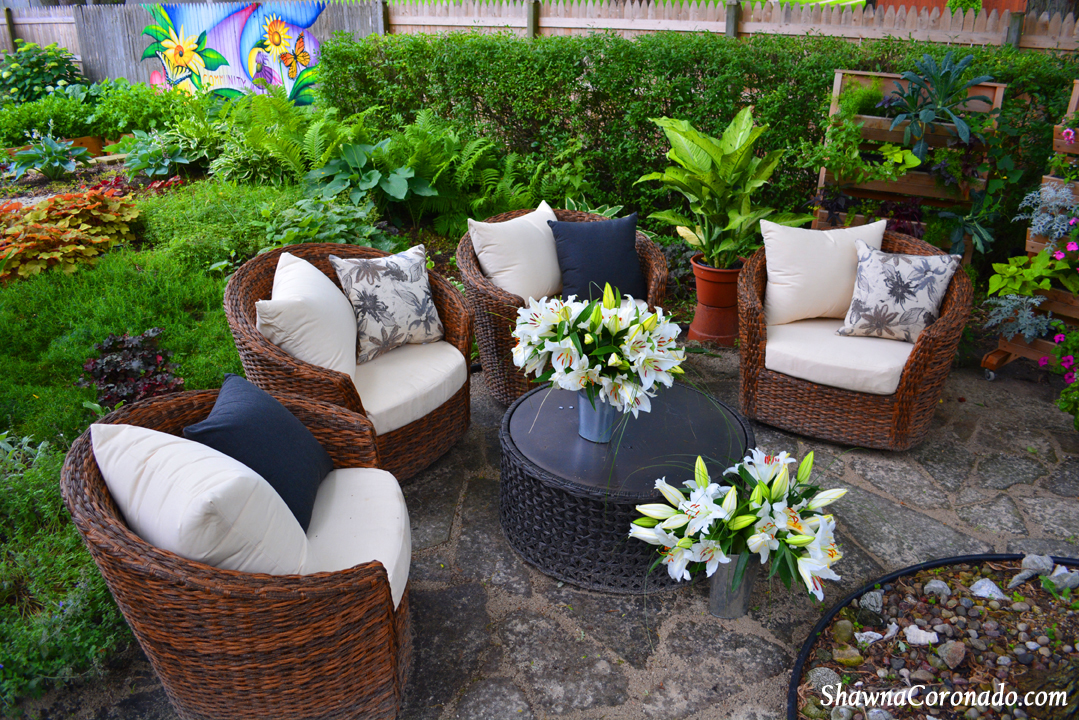
Please visit our website with more than 28000 plant images at http://www.millettegardenpictures.com